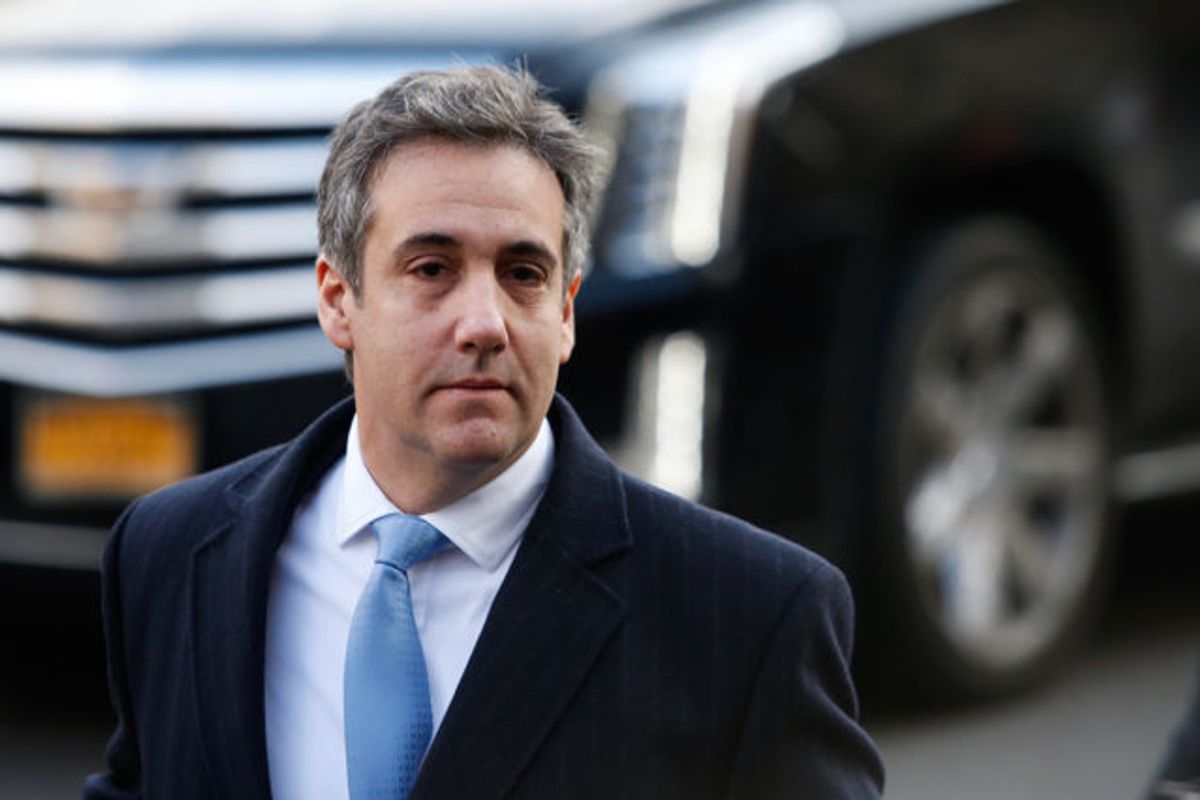
July 12 (Bloomberg) — After the U.S. Justice Department accused Standard & Poor’s of fraud earlier this year, the credit rater had a choice.
It could make a courtroom argument that would torch its reputation, but might get the lawsuit thrown out.
Or, if S&P’s executives decided the harm would be too great in the court of public opinion, they could tell the lawyers to use another approach, even if it might be less likely to succeed in getting the case tossed.
In the end, the company went with the first option and lost. Now S&P is stuck with the damage.
The argument S&P made was that company statements extolling the objectivity, independence and integrity of its ratings are only “puffery” and that a reasonable investor wouldn’t depend on them. The Justice Department’s complaint alleged that such statements were false and part of a scheme to defraud investors. This week, in a preliminary ruling, the judge overseeing the suit rejected S&P’s defense, which at some level looks even worse than the government’s accusations. (Search “S&P puffery” on Google, and you will see what I mean.)
In April, after S&P filed its motion to dismiss the case, the Huffington Post ran this headline: “Standard & Poor’s Admits Its Claims of Objectivity, Integrity Are Mere ‘Puffery.’” In an article this week, Slate’s Matthew Yglesias wrote: “The law is the law, but this line of defense simply underscores that these agencies deserve to die.” His headline: “S&P Legal Defense — No Reasonable Investor Would Take Us Seriously.”
The defense has become part of S&P’s corporate image. After S&P cut Italy’s sovereign-debt rating this week, the website Zero Hedge posted a copy of the company’s report under the heading “Full ‘Puffery’ Statement.” Another blogger joked that S&P stands for “Snake-oil & Puffery.” These barbs have to hurt.
It’s one thing to blow your reputation by slapping AAA ratings on all sorts of garbage subprime-mortgage bonds, as S&P did during the housing bubble. It only makes it worse to go into court years later and argue that your most cherished values are, for legal purposes, a bunch of smoke.
Maybe S&P figured it had little to lose. The company gets paid by the issuers of securities that it rates or by other interested parties such as Wall Street underwriters. So even if credibility should be S&P’s most important asset, it’s not as if it hadn’t suffered self-inflicted harm already.
This is a classic dilemma for companies in crisis. The natural instinct for many litigators is to use every conceivable argument that might have even a remote shot at winning in court — and to severely restrict everyone else at the company from making public comments. The problem is that sound legal strategies sometimes create public-relations nightmares.
On the flip side, the most effective maneuvers from a communications standpoint — such as acknowledging errors and getting out all the worst facts quickly — can risk opening companies to more liability in court. Often PR and legal professionals end up pursuing conflicting agendas if they don’t work cooperatively.
In the motion to dismiss the case, signed by John Keker of the San Francisco law firm Keker & Van Nest LLP, S&P took the position that its ratings, in fact, “were objective, independent and uninfluenced by conflicts of interest,” but that such statements weren’t “actionable as fraud.” It was a tough needle to thread. The U.S. district judge hearing the case, David O. Carter in Santa Ana, California, didn’t buy the argument.
“S&P stands accused of fashioning a unified public image of trustworthiness backed by specific statements designed to induce consumers to rely on the objectivity of its ratings,” Carter said in the ruling, which he called tentative. “S&P’s statements were not a ‘general, subjective claim’ about the avoidance of conflicts of interest, but rather a promise that it had ‘established policies and procedures to address the conflicts of interest through a combination of internal controls and disclosure.’” The judge said he would take a closer look at the case before issuing a final ruling.
In hindsight, S&P shouldn’t have gone down this path. Yet it’s also understandable why it did. S&P’s parent, McGraw-Hill Financial Inc., prevailed before a federal appeals court last year using a similar puffery defense in a shareholder lawsuit. Judge Carter distinguished that ruling easily, noting that the Justice Department accused S&P and McGraw-Hill of defrauding investors who were the bond ratings’ end users. The pension fund that sued McGraw-Hill in its capacity as a shareholder had far different interests, he wrote.
There’s an old test that everyone in the public eye should use when making important decisions: How would this look if you read about it on the front page of a major newspaper or website? S&P must have known the answer in advance. It looks awful now. Other companies should learn from its example.
(Jonathan Weil is a Bloomberg View columnist.)
Photo via Wikimedia Commons


